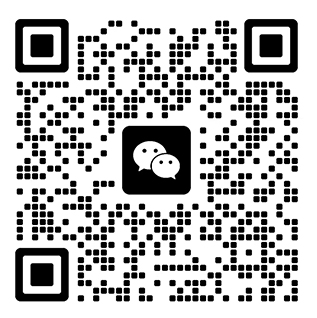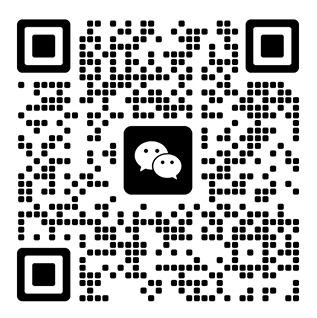Many people use digital multimeters to easily measure current, voltage, resistance, etc. However, there is a drawback to using a digital multimeter to measure current, namely, you must disconnect the circuit and connect the digital multimeter in series with the circuit being measured in order to make the measurement.
In this case, a current probe can be used instead of a digital multimeter to make measurements. Since the electrical connection of the circuit is no longer required, the current probe is less time-consuming and can be used for maintenance operations and to locate faults. This article will describe current probes in detail.
■ Definition of current probe
The current probe is an option for the oscilloscope/recorder, unlike the digital multimeter which can measure current alone. Although it is an option, some types of current probes cost the same as the oscilloscope/recorder mainframe. The best feature of current probes is that they can measure AC and DC currents without cutting the circuit and without touching the wires.
▪ It is often not possible to cut the wires during the practical phase of operation
Commonly used digital multimeters require a primary circuit to be cut and connected in series with the circuit in order to measure current. However, if you do not want to specifically cut the circuit, you can use a current probe.
When circuits are exposed, such as during the production phase of an electronic device, a digital multimeter makes it easy to measure the current, which is very convenient. However, in many cases it is not possible to turn off an operating electronic device, for example during a maintenance check or to find the location of a fault in the event of a malfunction.
In this case, measuring instruments such as current probes, which measure the current by simply clamping the wire, are very useful.
■ Components of the current probe
First, why can a current probe measure current magnitude without being in series with the circuit under test?
Current probes use a variety of methods to sense the magnetic field generated around the current being measured.
There are various types of current probes, ranging from those that specialize in measuring AC to those that can measure both AC and DC.
Current probes can also convert current to voltage and measure the flow of current. Current probes have the following four main measurement methods. Please select the appropriate method according to the measurement purpose.
Current sensor, CT type
Cheaper, no power supply required, but can only measure AC.
Hall element type current sensors
Current sensors can measure various types of currents, from DC to AC at several kilohertz. Due to the linearity of the Hall element and the magnetic core, the measurement accuracy is not very high. In addition, Hall elements have other disadvantages. The characteristics of Hall elements cause temperature drift and aging, making them unsuitable for long-term measurements.
Current transducer by Rogowski coil method
Since there is no magnetic core, current detection does not experience magnetic saturation when measuring AC current. The AC magnetic field generated around the measured current converts the induced voltage in the empty core coil. Impedance is very low and there is no heat, saturation or hysteresis due to magnetic losses.
Current sensor with AC zero flux method
The instrument adopts current sensor measurement method with improved low frequency characteristics. It is suitable for power measurement with small phase error. It can also realize wide bandwidth measurement. However, it cannot measure DC.
・AC/DC zero flux method current sensor (Hall element detection type)
Current sensor measurement combined with Hall elements enables measurement from DC to AC.
AC/DC Zero Flux Current Sensor (Fluxgate Type)
By combining a current sensor with a fluxgate, measurements from DC to AC can be realized.
The fluxgate has a very small zero drift over a wide temperature range, resulting in accurate and stable measurements that are ideal for use with high-precision power meters.
■ Examples of current probe use
Current probes can be used in a variety of applications, and some examples of their use are described below.
・Current measurement of automobile electric parts
In automotive electrical components, current probes are used to measure control currents in small motors and solenoids, etc. They are characterized by their ability to observe currents in the mA class. In addition, a variety of other measurements can be made, such as measuring the control currents of switches and relays, observing engine ignition times, monitoring the control currents of solenoid valves, and checking the response when controlling switches.
・Evaluation of current characteristics of electronic circuit components
Used to measure the control current of relays in electronic circuits and to test and evaluate the current characteristics of capacitors. When testing whether equipment installed in electronic circuits operates as designed, interference waveforms in the high-frequency band are not missed. Other measurements can also be made, such as current waveforms during short-circuit testing, evaluation of electric vehicle battery performance during sudden load changes, and surge current waveforms.
High-speed switching device performance evaluation
Used to evaluate the performance of switching devices driven in electronic devices such as LEDs and motors. It measures opening and closing, ripple waveforms, and switching losses of semiconductor components driven at high speeds.
■ Current probes are available in a variety of measurement methods, so please check carefully before selecting a measurement method.
Unlike a digital multimeter, which requires the circuit to be cut and the series to be connected before measurement, the current probe is much easier to use and can measure current by simply holding the wire in its jaws. It is an option for oscilloscopes/recorders and therefore needs to be used with the oscilloscope/recorder body. Current probes are available in a variety of measurement methods, so make sure you know which measurement you want to make before choosing one.
 Comprehensive test and measurement service provider-Shenzhen Weike Electronic Technology Co.
Comprehensive test and measurement service provider-Shenzhen Weike Electronic Technology Co.


Hello!sign in